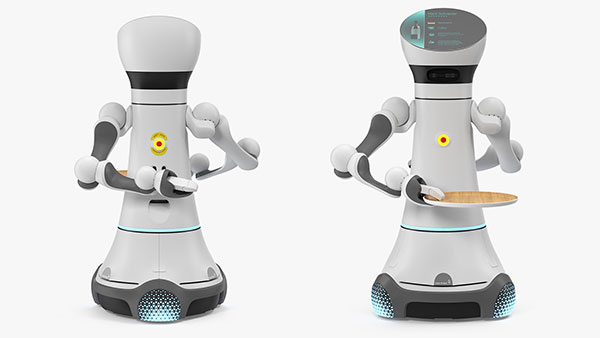Automation requires the use of robots and their electronic components. One of the most important aspects of robotics is the printed circuit boards (PCBs) used for electronic control and manipulation. With several industries using robotics, finding PCB production solutions that meet the various needs of automated equipment has become even more valuable.
The circuit board provides the control system and is one of the five main components that ensure the robot’s operation. The other main parts of the robot are the sensors, motion and feedback, the body and the power supply. As the PCB must work to control the robot, robot manufacturers cannot compromise on the design and construction of the PCB.

Design considerations for robot PCBs
pcba processing starts with the schematic. This design phase is essential to outline the components and layout on the board. Be specific when designing the PCB to avoid problems during the evaluation or manufacturing phase. Various considerations during design include alignment widths, drill sizes and package design.
Alignment width
The width of the raceway determines the space available to carry the current. Both power and earth wires use raceways. Both should be wide enough. In addition, you should not create any layout that requires a sharp 90 degree turn in the alignment.
Without sufficiently wide raceway dimensions, thermal damage may occur to components on the PCB. However, the alignment dimensions should not be so wide as to interfere with other components on the pcba manufacture. Various tools for designing PCBs can help you to calculate the necessary width of the alignments on the board.
Drill size
The drill size determines the width of the holes cut into the PCB. However, when indicating the appropriate drill size on the diagram, do not use the required distance. Increase it slightly. The solder will fill in some of the space, reducing the required drill size and compensating for any differences between the required space and the hole.
In addition, plan to ensure that the drilled hole is no more than 0.010″ from the alignment, plane or pad. In addition, the holes should be no smaller than 0.008″ in diameter.
Challenges for robotic circuit boards
Robotic circuit boards face multiple challenges to ensure that they function properly. To ensure that the robots operate, the PCBs must be of high quality. Risk avoidance is essential, especially for robotic applications where people’s lives or safety are at stake.

Quality
Quality of PCBs means using boards that follow quality assurance processes during manufacture. Seek ISO 9001:2015 certification from your PCB supplier. Your robotics PCB supplier should also comply with industry-specific certification requirements, such as IPC-6012 and IPC-A-600. compliance with established standards helps to ensure the quality of the finished board.
Risk management in design
Mitigating PCB risk is another challenge for robotics. pcba chip processing plants are essential to check the design of boards to ensure manufacturability and avoid problems. For example, a design review prior to engineering using design rule checking ensures that the overall design is valid. It looks at space and alignment, aspect ratio, open or short circuits in the PCB design. After alerting the customer, this allows time to address these issues and avoid the risk of poorly designed manufacturing PCBs.


